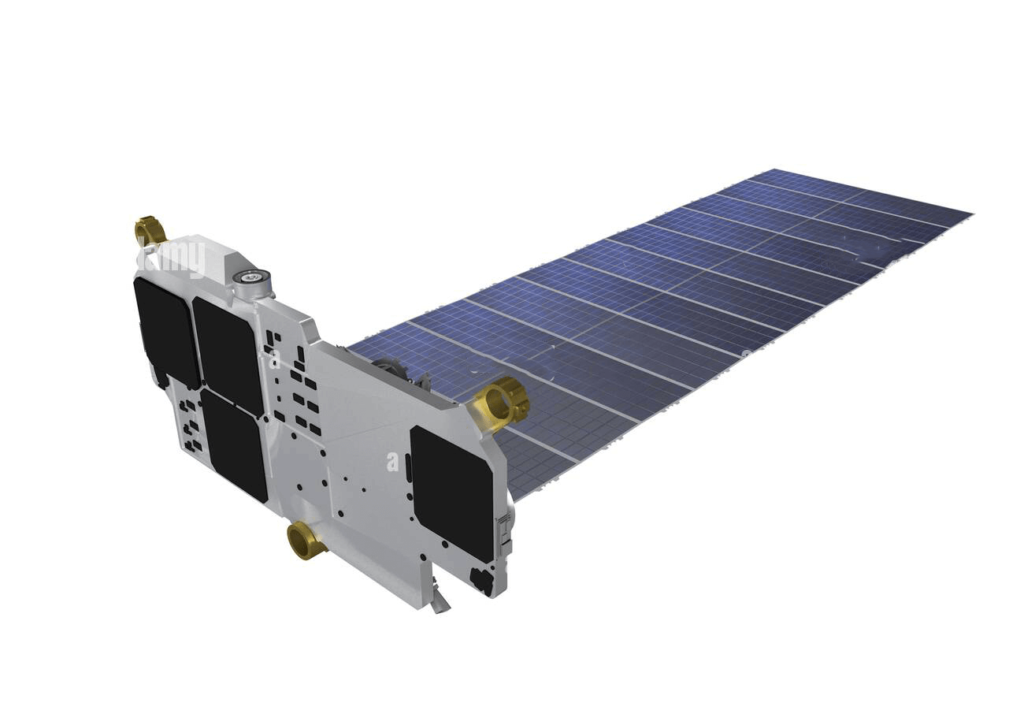Starlink is a satellite internet constellation being constructed by SpaceX, a private American aerospace manufacturer and space transportation company. The project aims to provide high-speed broadband internet access to underserved areas around the world, as well as to improve internet connectivity in remote and rural areas.
Background
SpaceX was founded in 2002 by Elon Musk, who is also the CEO of Tesla. The company’s initial goal was to reduce the cost of space travel and make it accessible to more people. SpaceX has since achieved many milestones, including becoming the first privately-funded company to launch a spacecraft into orbit, and the first to send a spacecraft to the International Space Station.
In 2015, SpaceX announced its plans to build a satellite constellation to provide global internet access. The project, known as Starlink, was initially intended to consist of 4,425 satellites, but SpaceX later applied to the Federal Communications Commission (FCC) to launch an additional 7,500 satellites.

Satellite Design and Technology
Each Starlink satellite weighs around 260 kilograms and is equipped with a flat-panel, phased-array antenna that can be steered electronically to transmit and receive signals. The satellites are designed to operate in low Earth orbit (LEO) at an altitude of around 550 kilometers, which is much lower than traditional satellite systems.
The use of LEO allows Starlink to provide lower latency and faster speeds than traditional satellite systems, which typically operate in geostationary orbit at an altitude of around 36,000 kilometers. The lower altitude also means that the satellites will have a shorter lifespan, as they will be exposed to more radiation than those in geostationary orbit.
Deployment and Operations
SpaceX has launched over 1,000 Starlink satellites to date, using its Falcon 9 rocket. The company plans to launch several thousand more over the next few years to complete the constellation.
The satellites are deployed into orbit in batches of 60, with each batch costing around $50 million. SpaceX has estimated that the total cost of the Starlink project could reach $10 billion.
Once in orbit, the satellites are controlled by SpaceX’s mission control center in Hawthorne, California. They communicate with ground stations using a network of lasers, which allows them to transfer data at high speeds.
Starlink’s Network
Starlink’s network is designed to provide high-speed broadband internet access to users around the world. The company has already begun beta testing of the service in the United States, Canada, and the United Kingdom, with users reporting speeds of up to 150 megabits per second (Mbps).
Starlink’s network is expected to have a capacity of up to 1 terabit per second (Tbps), which is enough to provide internet access to millions of users. The company has also announced plans to offer a mobile version of the service, which could be used to provide internet access to airplanes, ships, and other mobile platforms.
Starlink’s Impact
Starlink has the potential to revolutionize the way people access the internet, particularly in rural and remote areas where high-speed broadband is currently unavailable or expensive. The project could also provide a viable alternative to traditional satellite systems, which often suffer from high latency and slow speeds.
Starlink could also have a significant impact on the telecommunications industry, as it could provide a new source of revenue for SpaceX and challenge traditional internet service providers (ISPs). The project could also create new opportunities for remote work, education, and healthcare, particularly in areas where high-speed internet access is currently limited.
Challenges and Competition
Starlink faces several challenges, including regulatory hurdles, competition from other satellite internet providers, and the high cost of deployment and operations. The project also faces criticism from astronomers, who have expressed concerns about the potential impact of the satellites on ground-based astronomy.
In addition to SpaceX, several other companies are also developing satellite internet constellations, including Amazon’s Project Kuiper, OneWeb, and Telesat. These companies are all competing to provide high-speed broadband internet access to underserved areas, and the market is expected to become increasingly






Leave a Reply